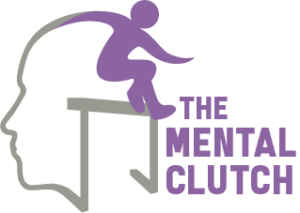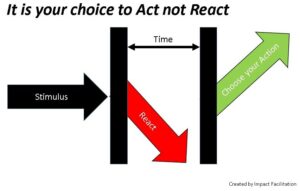I did it.
I became one of, “those moms.”
You know the ones….
The ones you see racing by with their babes in their strollers. They make it look effortless as they maintain strong form and a steady pace while striding out pumping a single arm while the other one is pushing a stroller with a baby intact; otherwise known as “supermoms”.
Or at least, I’m trying to become one…
I ran my first 5k Stoller race over the weekend so I’m starting somewhere.
I definitely did not train beforehand as I originally had hoped to when I signed up for this race several months back. I did finish though AND I finished in a decent time of 24:58.8. This time apparently was fast enough to win my age group and earn a plaque.
Although I did not prepare and train well going into this race, I did have a motto.
“Keep your expectations low and your standards high.”
My 4 standards for this race were to:
1. Show up and compete.
I did not know what “racing” and “competing” would actually look like while pushing a stroller, but I knew that I didn’t want to go into this race with the mindset that it was for leisure. If I had that mindset I would easily fold and throw in the towel when it got tough. I wanted to make sure I ran the whole thing and ran it well. I wanted to push my limit and make sure that I got a grueling workout afterward instead of a leisurely stroller walk. I was able to do just that to the point where I had a pounding headache probably from lack of proper hydration and thought I was going to hurl my breakfast afterward. I forgot what the pain of running hard felt like, especially when you also don’t fuel properly beforehand.
2. Stay in the present.
I knew this was going to take constant work. Throughout my run, my mind raced between the past such as dwelling on my lack of preparation and training, and towards the future such as waiting for my son Calvin to throw a fit or in anticipation of the pain that would come with the next mile. Each time I caught myself thinking about these things I brought it back to the present moment. I refocused on the color of the shirt the person in front of me was wearing or staring at the person’s stride up ahead to match theirs and then try to go a bit faster. My mind still continued to wander, but each time I was able to notice it and reel it back into the present.
3. Let go of comparisons.
It would be a lie if I said this one was easy. This is my fourth year racing in this 5k and I have competed in several other road races in between. Although this was my first stroller race, I often compared my current self to the kind of runner I was pre-baby. I knew I could run faster and harder before I birthed my babe and didn’t need to push a stroller. It still was a challenge to let go of this comparison. With continuous practice and reminders of focusing on what I can control, I was able to let go of the comparison and continue to put one foot in front of the other.
4. Use the mental skills you preach.
I’m a certified mental performance consultant. It’s my niche and my passion to work with performers who reach their highest potential and use their minds as an asset to help rather than hurt them. I know the tips and tricks, but I am guilty of not always using them in my own daily life. When things would get hard I wanted to make sure I had a plan for what mental skills I would turn to. I need to continue to practice what I preach. I know the power of mental skills and how they help, so I needed to make sure I used them to my advantage as well.
During my run, I used mantras such as, “I’m strong, I’m a competitor, I”m a mom.” When I felt the pain of running hard emerge I noticed the negative thoughts arise and reconstructed them to remind myself of the pain I felt while giving birth.
“I survived labor, I can survive this,” I reminded myself.
Reframing these thoughts gave me the extra push I needed. I also used my son Calvin as my supporter when I needed that extra boost of energy. I encouraged him to talk to me or say silly things to keep myself focused on my goals instead of getting distracted by my negative thoughts. As I mentioned earlier, I also utilized mindfulness techniques such as focusing on colors that I noticed up ahead, counting my steps, or zoning in on the pace that the people up ahead were maintaining.
These 4 standards I set for myself provided me the strength, focus, and courage I needed to continue putting one step in front of the other to get to that finish line.
Did I have a time goal? No.
Did I have a place that I was striving for? No.
I just wanted to go out and run the best that I could.
Meeting these standards helped me get the results that I did not plan for or expect. I finished with a decent time, averaging just above an 8-minute mile pace. For not training much, I’ll take it. I also ended up finishing first in my age division and 8th female overall.
Again, not what I planned or hoped for, but I’ll take it!
Oftentimes when we focus on raising the standards for ourselves the end results will follow. Many times, we may even end up with a result we didn’t even dream of because we never put the pressure of expecting it onto ourselves.
Keep your expectations low and your standards high.
Plus, I think my kiddo Calvin enjoys the fast-paced stroller rides from running rather than walking.











